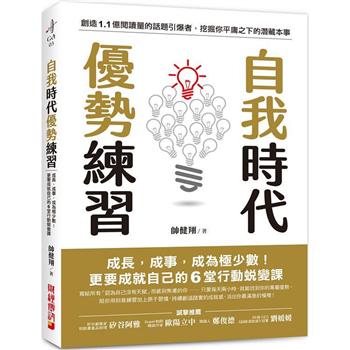Welcome to the book titled "LEANBERG 80/20: Unveiling 18 Toyota Way Secrets for Unprecedented Business Success." The primary goal of this book is to provide readers with a comprehensive understanding of Lean implementation within their businesses. By illuminating the hidden facets of Lean concepts, readers can gain a deeper appreciation for its significance and be inspired to pursue its integration within their own organizations.
Within the pages of this book, we embark on a journey to explore the true essence of Lean-an approach that has revolutionized industries worldwide. Lean represents a profound shift in manufacturing, akin to the groundbreaking concepts introduced by Henry Ford and Frederick Winslow Taylor in the early 20th century. The emergence of Lean manufacturing in Japanese industries stands as a testament to the power of necessity in driving innovation. Following World War II, Japanese manufacturers faced limited demand in their domestic market and dwindling profitability in mass production. In response, they sought a system capable of effectively managing their low volume and ever-changing marketplace demands. This marked the birth of Lean transformation in Japan.
However, as the popularity of Lean has grown and reached the Western world, it has often been implemented without the necessary cultural transformation, giving rise to what is termed as the mechanistic form of Lean. While these mechanistic toolkits offer temporary productivity improvements, they fail to address the underlying cultural and behavioral patterns within society. They represent merely the tip of the iceberg, while the essence of Lean remains concealed beneath a substantial socio-cultural layer. Regrettably, many industrial leaders become captivated by the immediate advantages offered by mechanistic toolkits, focusing solely on their implementation without transforming the underlying societal culture. The fleeting benefits derived from such an approach eventually become evident, leading organizations to realize that true advantages lie in the hidden aspects of Lean.
In the 21 chapters of this book, the author has made an effort to explain the principles of Leanberg in a clear and accessible language. Readers will find this book valuable as it provides insights into the hidden beauty of Lean principles. The author introduces the concept of "Leanberg" comparing Lean principles to an iceberg, where only 20% is visible above the water while the remaining 80% is submerged and unseen. This analogy highlights that Leanberg is also 20% visible and 80% invisible. The book aims to create awareness among readers about the submerged 80% depth of Leanberg, which is the amalgamation of 18 principles that are explained in detail, accompanied by examples to clarify each point.
| FindBook |
|
有 2 項符合
Leanberg 80/20的圖書 |
 |
$ 646 | LEANBERG 80/20 Soul of The Toyota Way
出版日期:2024-08-01 |
 |
$ 533 | Leanberg 80/20: Unveiling 18 Toyota Way Secrets for Unprecedented Business Success
作者:Islam 出版社:Leanberg 80/20 出版日期:2024-01-07 語言:英文 規格:平裝 / 160頁 / 27.94 x 21.59 x 0.86 cm / 普通級/ 初版  看圖書介紹 看圖書介紹
|
|
|
圖書介紹 - 資料來源:博客來 評分:
圖書名稱:Leanberg 80/20: Unveiling 18 Toyota Way Secrets for Unprecedented Business Success
內容簡介
|










